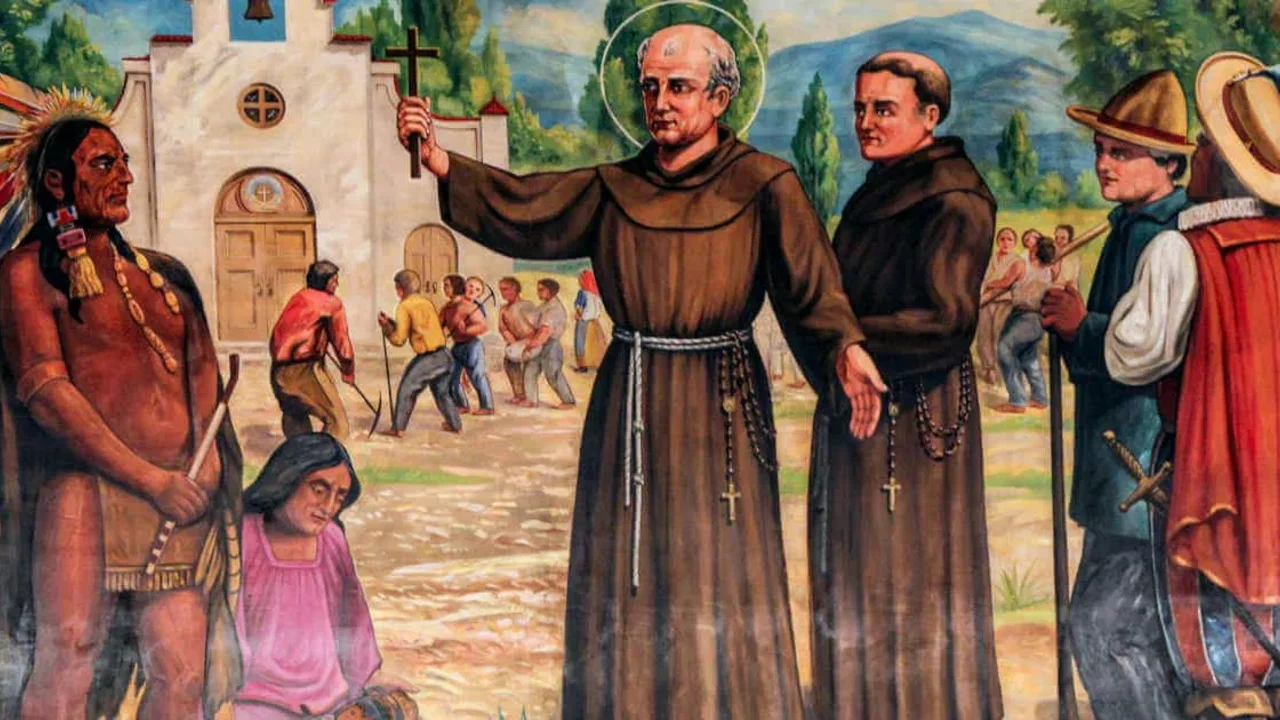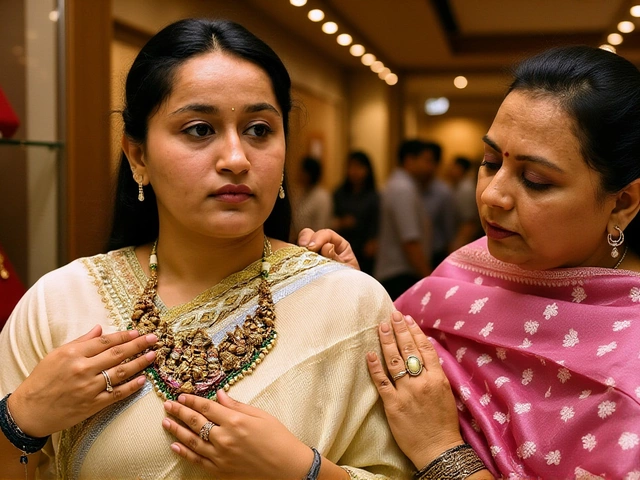Spanish Missions Explained: A Quick, Clear Guide
Ever wonder why you keep hearing about Spanish missions when you read about early colonial history? They were more than just churches – they were tools of empire, centers of community, and lasting pieces of architecture that still dot the landscape today. This guide breaks down the basics so you can grasp their role without wading through dense textbooks.
What Exactly Were Spanish Missions?
Spanish missions were settlements founded by Catholic orders, mainly the Franciscans, Dominicans, and Jesuits, between the 16th and 19th centuries. Their main goal? Convert Indigenous peoples to Christianity and bring them into the Spanish colonial system. Think of a mission as a small town with a church, living quarters, workshops, and fields, all under the watch of a priest‑missionary.
These outposts weren’t random. The Spanish crown backed them, hoping to claim land, protect trade routes, and spread their culture. In return, the missionaries promised food, shelter, and schooling to local tribes – though the reality often involved forced labor and loss of native traditions.
Where Did They Pop Up?
Most people picture the famous California missions, but the network stretched far beyond the West Coast. Below are the key regions:
- California: 21 missions from San Diego to Sonoma, founded 1769‑1823.
- Texas: 18 Spanish and later Mexican missions, like San Antonio de Valero (the Alamo).
- Arizona & New Mexico: Franciscan sites such as San Xavier del Bac and the Pueblo missions.
- Florida: Early attempts like St. Augustine’s mission system.
- Latin America: Mexico, Guatemala, and parts of South America hosted dozens of missions, many still active today.
Each mission reflected local conditions – some leaned heavily on agriculture, others on mining or trade.
Why Should You Care About Spanish Missions?
Besides being fascinating historical footnotes, Spanish missions matter for several reasons:
- Architectural Legacy: The blend of European baroque with native building techniques gave rise to a unique style still admired by tourists and architects.
- Cultural Fusion: Language, music, and cuisine in many former mission areas carry a mix of Spanish and Indigenous influences.
- Historical Insight: Understanding missions helps explain patterns of settlement, land ownership, and ethnic relations that still affect politics today.
- Exam Prep: If you’re studying for public service exams, questions about colonial administration, land grants, or cultural heritage often reference missions.
So, whether you’re planning a road trip to San Juan Capistrano or cracking a history question, knowing the basics pays off.
What Do You See When You Visit a Mission Today?
Most preserved sites feature a stone or adobe church, a courtyard, and a museum that tells the story of both the missionaries and the native peoples. Look for the capilla (small chapel), the bell tower, and the carved wooden altar. In California, the “mission rose” – a garden of native roses – is a signature touch. In Texas, you’ll find the iconic painted frescoes inside San Antonio’s mission churches.
Many missions still hold weekly masses, so you can experience a living piece of history while learning about the rituals that shaped daily life centuries ago.
Key Takeaways in a Nutshell
- Spanish missions were religious and colonial outposts aimed at converting Indigenous peoples.
- They spread across the American Southwest, Mexico, and parts of South America.
- Their architecture mixes European styles with local materials, creating a distinct aesthetic.
- They left lasting cultural and social impacts still visible in modern communities.
- Knowing mission history helps with public service exams and offers context for many contemporary issues.
Next time you hear “Spanish missions,” think of them as the early, complex bridges between two worlds – a blend of faith, power, and culture that still echoes today.

Why did the Spanish build missions in California?
- Date: 30 Jul 2023
- Categories:
- Author: Aarav Khatri
So, my pals, let's dive into some historical stuff that's as juicy as a ripe Californian orange! You see, the Spanish, those fine folks from across the Atlantic, had their eyes set on California in the 18th century. Why, you ask? Well, it wasn't for the surf and the sunshine, I'll tell you that! They built missions there as part of their grand plan to spread Christianity to the natives, and also to secure the territory against those pesky Russians and British who had their sights set on the place too. So, in a nutshell, it was a grand ol' mix of divine duty and land-grabbing strategy. Fascinating, right?




